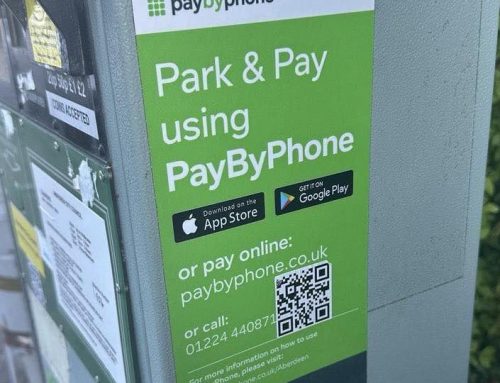Cloud IT services are now an established part of the IT picture for most UK businesses. The latest figures from the Cloud Industry Forum (CIF) show that 84 percent of UK businesses are using some form of cloud service, with 78 percent using two or more cloud services.
One of the key reasons used to justify moving to the cloud, especially for SME businesses, is the improvement in availability compared to on premise IT. And it is a good reason – very few businesses, particularly SMEs, could get even close to the level of investment put in to business continuity systems by major cloud data centres. So if you have moved to the cloud, your cloud provider takes care of all your DR so you don’t have to, right? Wrong!!! Let’s take a look where this approach falls down…
Terms and Conditions
Have you read and understood the terms and conditions of your cloud service providers? We are not just talking about any hosted servers – any email services, security services, hosted file storage (eg. DropBox or Box), HR applications – anything that does not run your own on site systems. Without reading the terms and conditions you have no idea what protection (if any) your service provider gives, and how exposed you are if things go wrong. Potential risks range from service outages to total loss of data, without any compensation. You may not be able to change the terms but you can certainly mitigate the risks
Service Outages
Cloud providers usually give pretty good uptime commitments – for example Microsoft’s Office 365 service has a commitment of 99.9% availability over the calendar year. Doing the match this does still mean that they could suffer 8.76 hours unplanned downtime during the course of the year and remain within their service commitments. How would your business tolerate an email outage of this length? Despite the investment they have made it is inevitable that cloud providers, no matter how large, will suffer downtime. There have been many well publicised examples with companies such as Blackberry due to a range of issues such as security attacks, adverse weather or simply human error.
Internet access
Most businesses using cloud services have some kind of backup internet access – but what happens when all internet access at your office is lost? Do you have any key businesses systems in the cloud? If so how will you continue to access them? And how long can you tolerate not having access? All key questions you need to consider in your planning.
Provider shuts down
The nightmare scenario for any business using the cloud – what happens if your service provider shuts down? Many cloud providers are still evolving their business model and a number, including many high profile names such as SalesForce, still do not make a profit. How long is this sustainable? Your terms and conditions should set out the procedures should something happen to your provider. Your data will also be encrypted – a standard security measure – but you may need access to your ‘encryption keys’ to get it back. Do you know the procedure to do this? Whatever the outcome you can still expect a significant impact on your business – so what would you do?
So don’t get caught out by the cloud – ensure you understand the risks and plan for them in your disaster recovery plan. If you want to know more, consider attending one of our workshops.








